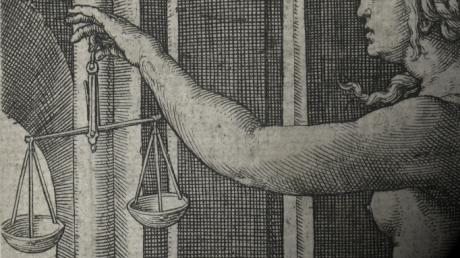Na ceste za zločinom v dejinách mojmírovskej Moravy a arpádovského Uhorska
On the Road to Crime in Moimir’s Moravia and Árpáds’ Hungary
Author(s): Miroslav LysýContributor(s): Blanka Szeghyová (Editor), Angelika Herucová (Editor)
Subject(s): History, Law, Constitution, Jurisprudence, History of Law, Criminal Law, Local History / Microhistory, Middle Ages, 6th to 12th Centuries
Published by: SAV - Slovenská akadémia vied - Historický ústav SAV
Keywords: crime; criminal justice; legal terminology; punishment; middle ages; Magna Moravia
Summary/Abstract: Sanctions and penalties enforced upon law-breakers are an age-old phenomenon. The division of civil and criminal laws from a legal standpoint began in practice relatively late in the territory now known as Slovakia. Terminology is first used in public administration beginning to distinguish clearly between these two spheres of legislation as late the 13th century. In previous times, the difference was not so obvious and in some norms from the 9th to 12th centuries, completely indiscernible. Legal terminology was underdeveloped with standards that stipulated a composition and combination of profane and ecclesiastical sanctions. The oldest legislative code did not specify attributes of criminal law such as culpa, a perpetrator, or a punishment. Moreover, not only was there an absence of definitions, but terms were either sporadically used or completely absent. In the early stages of criminal law, foreign influence played an important role, such as the impact of the Canon law, a focus on the perpetrator and the emerging Municipal law. It was the municipal privileges of the 13th century that first began to distinguish between civil and criminal procedures.
Journal: Forum Historiae. Časopis a portál pre históriu a príbuzné spoločenské vedy
- Issue Year: 16/2022
- Issue No: 2
- Page Range: 8-20
- Page Count: 12
- Language: Slovak

